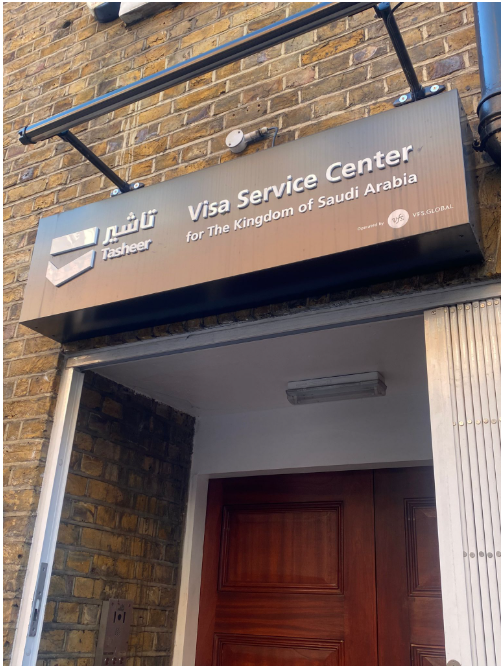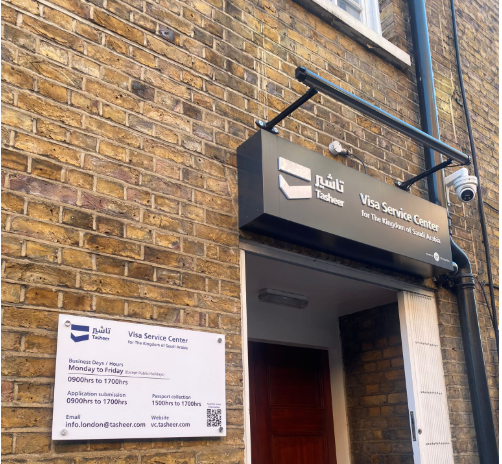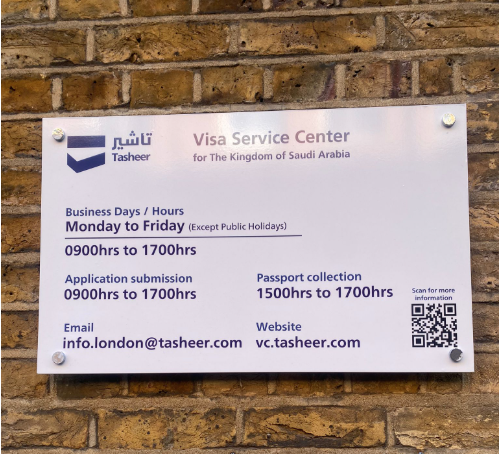
My recent experience with applying for VISAs at London based embassies, made we realised how many are privatised, appearing to be a global trend. These privatised visa application centres have indeed expanded global access and added optional fast/comfort services — but they have also introduced new service fees and greater variability in speed and quality. Overall costs to travellers have risen in many places; processing times are mixed (sometimes faster for routine cases, often slower or unpredictable for complex cases or during provider transitions).
Country snapshots
India
-
Many foreign missions accept regular paper or VAC submissions through private operators (VFS, TLS, BLS etc.). The Indian government also uses VFS for handling some outbound visa/consular intake. Public notices show fixed service fees charged by the private operator on top of government visa fees (e.g. VFS service fees, or country-specific service charges).
-
Example of rising service charges: recent media reports show VFS and others periodically increasing service charges for Schengen/European applications from India (making the overall trip costlier). Applicants also pay extra for courier, SMS, premium lounges, assisted scanning.
-
Effect: applicants face higher out-of-pocket costs (govt fee + VAC service fee + optional extras). Speed: routine visa pickups / interview-waiver flows can be quick, but US and some other destinations still report backlogs and long waits in some Indian posts.
China (applying to/from / applications handled in China)
-
Many consulates (EU states, UK, etc.) use TLScontact / VFS in China and publish a mandatory service fee charged by the VAC (examples: TLS pages showing service fee amounts in CNY). Processing times published by Chinese consulates (or the Visa for China service) often show regular, express and rush services with defined day counts (e.g. 4 working days regular, 2–3 days express ).
-
Impact: applicants in China commonly pay the consular visa fee + the VAC service fee (often mandatory) + optional extras. Where express/rush service is available it speeds up simple cases, but VACs occasionally report technical or transition delays which push processing out.
Schengen area (representative: many EU countries outsource to TLS/VFS/BLS)
-
Many Schengen consulates outsource front-end tasks to private VACs. VACs collect a service fee (set in agreement with the consulate) and sell optional add-ons (courier, SMS, lounge). Recent reportage shows VFS raising its service charges for Schengen applications in some markets, increasing the total cost for applicants.
-
Effect on timings: for routine short-stay applications, front-end outsourcing plus digital booking often reduces local queuing and can improve consistency — but back-end consular decision times and policy/seasonal backlogs still dominate final wait times. Transitions between providers sometimes cause appointment shortages.
United States (how outsourcing of VACs interacts with US visa processing overseas)
-
The US State Department uses VACs (contractors) abroad for appointment scheduling, document drop-off and biometrics; the consulate/embassy still conducts interviews and decisions. State publishes wait times by post; those can swing widely by post and over time. Applicants pay the consular fee (MRV) and may pay for courier/VAC services in some posts.
-
Effect: costs to applicants increased where VACs charge for service/courier; processing times depend on embassy appointment availability and local backlog (not only the VAC). Recent operational changes (e.g. restricting in-country appointments or provider changes) can lengthen waits and increase travel costs for applicants.
Evidence on costs rising after privatisation
-
UK example (well-reported): investigations found the Home Office’s average revenue per overseas visa application rose sharply after outsourcing to VFS — reported figures show an increase from about £28.73 → £122.56 average per application over several years (largely driven by promoted add-on services and changes in fee structures). This is widely cited as evidence that outsourcing created new revenue/fee pathways.
-
Direct VAC service fees are common and documented in many countries (e.g. TLS/VFS pages listing mandatory service fees in China, India notices requiring service fees). Media pieces and VAC notices show explicit increases in service charges in some markets (e.g. VFS hikes for Schengen applicants from India). Together these add materially to the total cost for travellers.
Evidence on processing times (short answer)
-
Mixed. Digitisation + VAC networks improved front-end convenience (online booking, document drop, biometrics), which can speed some routine cases. But back-end decision times (security checks, complex eligibility assessments) and supply constraints (appointment availability, provider transitions) often keep or increase total wait times for many applicants. Published wait-time pages (e.g. U.S. State Dept, local consulates) reflect that variability.
Privatisation/outsourcing of visa front-end services has delivered better geographic coverage, more online conveniences and optional rapid services — but it has also introduced new mandatory and optional fees, more upselling, and variability in service quality. Empirically, costs to applicants have increased in many places after outsourcing (UK is a clear documented example; similar fee structures and increases are evident for VACs in India, China and Schengen posts). Processing times improved for some routine cases but remain unpredictable for many applicants.

